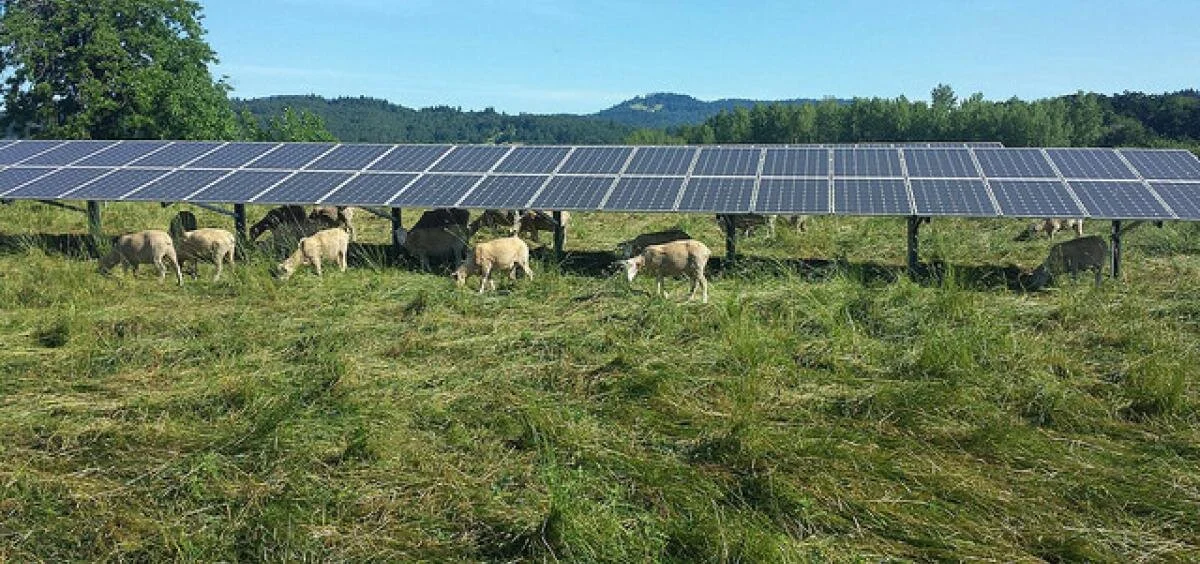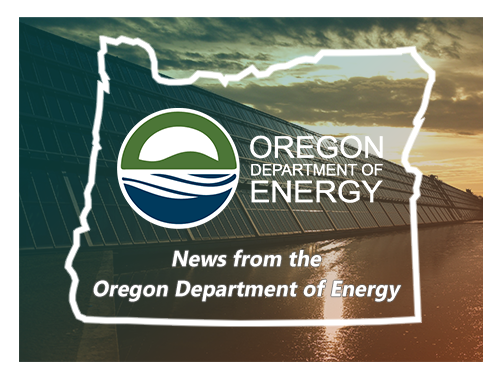The electricity sector is changing – coal plants are closing, more variable renewable resources like wind and solar are coming online, grid-connected battery storage is becoming more cost-effective, natural gas prices remain low by historic standards, and there’s a growing focus on equity in the sector.
Read MoreWe use energy at home every day – from turning on the lights to brewing that cup of coffee to warming up our homes in the winter months. That energy comes in different forms, including electricity, natural gas, propane, fuel oil, and even wood. All of these uses end up as part of your home energy bills, and understanding bill terminology can help Oregonians better understand what the changes mean on energy bills.
Read MoreOregonians – and beyond – count on a network of transmission lines to move high-voltage electricity across long distances to power our homes and businesses. The lines connect electricity customers to resources that generate electricity, which are often located far away from communities.
Read MoreThis June will mark the fourth year of the #MetsUnite and #ShowYourStripes climate change awareness campaign, when hundreds of meteorologists across the country show the “Warming Stripes” of their city, state, or country.
Read MoreIn this month’s newsletter, ODOE breaks down where Oregon gets its transportation fuels, celebrates the Yellowhawk Tribal Health Center's net zero features, shares some fun energy activities for the summer, and more.
Read MoreWith warmer months around the corner, we can expect more Oregonians will be packing up to hit the road this summer. Whether it’s planes, trains, or automobiles, travelers will need fuel to reach their destinations. Here in Oregon, we spend about $7.6 billion on transportation fuels each year, from gasoline and diesel to jet fuel and electricity. So where do those fuels come from?
Read MoreThe Yellowhawk Tribal Health Center, located on the Confederated Tribes of the Umatilla Indian Reservation, is at the forefront of sustainability in Oregon. The health center is enrolled in Energy Trust of Oregon’s Path to Net Zero. Not only is it the first emerging net zero energy health care building in Oregon, but it is the first tribal building to make this commitment as well.
Read MoreIn this month’s newsletter, we share an upcoming public webinar on energy and climate in Oregon, celebrate a virtual ribbon-cutting for an ODOE-supported solar project in Ashland, publish an updated electricity resource mix, and more.
Read MoreThe Oregon Department of Energy will host a public webinar on May 13, 2021 to walk through parts of the agency’s 2020 Biennial Energy Report that focus on energy and climate in Oregon.
Read MoreThis Earth Day, we reflect on our changing climate and the hazards it poses to our society and surrounding environment, from smoke-inducing wildfires and mega-droughts to destructive flooding events.
Read MoreIn this month’s newsletter, a new strategic plan sets ODOE's four-year direction, a determination on radioactive materials at an Oregon landfill, a focus on energy-resilient communities, and more.
Read MoreOne of the recurring themes in the Oregon Department of Energy’s 2020 Biennial Energy Report is resilience – a term used to describe how our energy systems can withstand the effects of emergencies that disrupt energy delivery, and how fast these systems can recover following the disruption.
Read MoreIn our 2020 Biennial Energy Report, we highlighted some of the cool stories happening around energy in Oregon. One of our stories was about TITAN Freight Systems, an Oregon-based overnight transportation services company that has made the switch to 100% renewable diesel for its trucks. Read on.
Read MoreOn February 14, Oregonians get an extra dose of love as we celebrate Valentine’s Day and Oregon’s birthday. The Beaver State is 162 years young, and to celebrate we thought we’d share some pieces of Oregon energy history, pulled from the Energy History Timeline in our 2020 Biennial Energy Report.
Read MoreIn our 2020 Biennial Energy Report, we highlighted some of the cool stories happening around energy in Oregon. One of our stories was about Oregon State University’s research in combining agriculture and solar photovoltaics (agrivoltaics) for the mutual benefit of the environment and farms. Read on.
Read MoreIn our January newsletter, a sleek web-based version of the Biennial Energy Report, the Oregon Global Warming Commission submits recommendations to the Oregon Legislature, another top 10 ranking for energy efficient Oregon, and more.
Read MoreThe Oregon Department of Energy will hold an Energy Advisory Work Group meeting on January 14, 2021.
Read MoreAs we turn this corner to 2021, we look back on a year that was like no other.
Read MoreIn this month’s newsletter, we’re launching our 2020 Biennial Energy Report, celebrating the City of Salem's latest renewable energy project, working to enhance rules for radioactive material disposal in the state, and more.
Read MoreJoin the Oregon Department of Energy on Thursday, December 3 for an introduction to our 2020 Biennial Energy Report. ODOE published the 2020 "BER" on November 1, with a focus on fundamental information about energy in Oregon as well as on emerging energy issues.
Read More


















